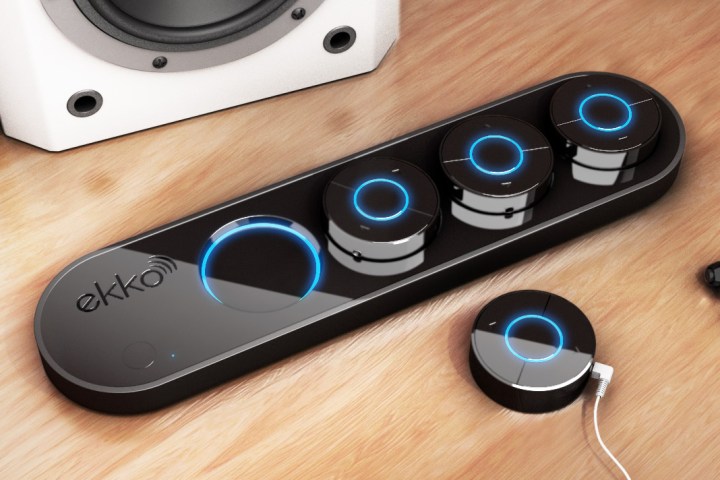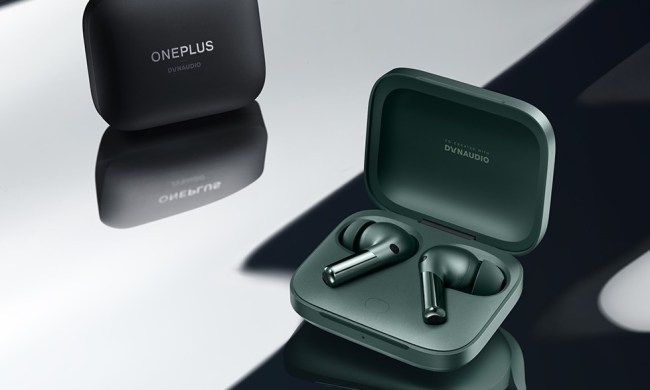
The HUB delivers 96kHz / 24-bit audio quality to listeners as well as individual equalizers to alter audio settings and adapt to the headphones. The pucks have a real-world range of about 50 feet from the HUB base and should last more than four hours on a single charge. Interestingly, the creators have also included parental controls within the HUB mobile app so parents can set volume limits when kids are listening.
There are mulitple real world situations where HUB would come in handy. For instance, anyone that currently lives in an apartment with thin walls could make sure they don’t disturb the neighbors on movie night by passing out headphones among the family. It would be ideal in any situation where loud noises are a problem; when a baby is sleeping, when a pet is unhappy or when someone else in the house is trying to sleep.
Regarding a whole home audio setup, the HUB is a significantly more economical option than going the Sonos route. For roughly $100 less than a single Sonos Connect, you could hook up four sets of powered speakers around the home and achieve a whole home, wireless audio setup for your next party. Guests will be able to stream audio over Airplay or DLNA as well as a multitude of streaming audio services like Pandora, Spotify, Tidal, Apple Music, Prime Music, Google Play, Rdio and Deezer.
Of course, you may not even need four receiver pucks in your household. If that’s the case, ekko audio has created the HUB Mini, a similar device that comes with two pucks. The HUB Mini is less expensive, roughly $169 at the standard funding level. Alternatively, the HUB is priced at $249 at the standard funding level. An additional receiver puck can be added to each device for an additional $40.
Offering up a timeline to backers, this Kickstarter project won’t actually be completed for another 15 months. Targeting a July 2017 launch date for most funding levels, the creators of the HUB have finished the majority of the design phases and are ready to shift into actually building the devices by the end of the year. Production testing is scheduled for early 2017 and the initial production run wouldn’t happen until March / April 2017.
As with all projects that launch on crowdfunding services like Kickstarter or Indiegogo, be aware that manufacturing issues often push back the delivery date of the product by weeks or even months in some cases. There’s also an element of risk when investing in device concepts; some devices never make it to the final production state. At the time of publication, the HUB isn’t fully funded yet. However, it’s likely to hit the $100,000 funding goal within the week at the current funding rate.


